Home>Garden Essentials>How To Grow Grass Carpet


Garden Essentials
How To Grow Grass Carpet
Modified: March 7, 2024
Discover the secrets of growing a lush garden with our step-by-step guide on how to grow a vibrant grass carpet. Transform your outdoor space into a flourishing oasis today!
(Many of the links in this article redirect to a specific reviewed product. Your purchase of these products through affiliate links helps to generate commission for Storables.com, at no extra cost. Learn more)
Introduction
Growing a lush and vibrant grass carpet in your garden not only enhances the overall aesthetic appeal but also provides a comfortable and inviting space for outdoor activities. Whether you’re starting from scratch or looking to revitalize your existing lawn, this comprehensive guide will help you achieve the perfect grass carpet.
Creating a healthy and beautiful lawn requires careful planning, preparation, and ongoing maintenance. From choosing the right grass seeds to following proper watering and fertilizing techniques, each step plays a crucial role in ensuring successful growth and longevity.
In this article, we will take you through the various stages of growing a grass carpet, providing useful tips and insights along the way. Whether you’re a seasoned gardener or a beginner, this guide will equip you with the necessary knowledge and techniques to achieve a stunning lawn.
So, roll up your sleeves and let’s embark on this journey to create a lush and inviting grass carpet that will make your neighbors green with envy!
Key Takeaways:
- Preparing the soil, choosing the right grass seeds, and spreading them evenly are crucial for growing a lush grass carpet. Proper watering, fertilizing, and regular maintenance ensure a healthy and vibrant lawn.
- Addressing common issues like weeds, pests, diseases, and thinning areas promptly is essential for maintaining the beauty of your grass carpet. With patience and persistence, you can create a stunning and inviting outdoor space.
Read more: How To Grow Carpet Grass
Step 1: Preparing the Soil
The key to a successful grass carpet lies in the preparation of the soil. Before you start sowing the grass seeds, it’s important to ensure that the soil is well-prepared to provide the optimal growing conditions for your lawn.
Here are the steps to prepare the soil:
- Clear the area: Remove any existing plants, weeds, rocks, and debris from the designated area where you plan to grow your grass carpet. This will create a clean and blank canvas for your lawn.
- Level the ground: Use a garden rake or a lawn roller to level the ground. This will help provide an even surface for the grass to grow. Fill in any low spots and remove any high spots to achieve a smooth surface.
- Loosen the soil: Use a tiller or a garden fork to loosen the soil to a depth of around 6 inches. This step helps improve soil aeration and drainage, creating a favorable environment for the grass roots to grow.
- Test the soil: Conduct a soil test to determine its pH level and nutrient content. This will help you understand if any amendments are required to balance the pH and provide the necessary nutrients for the grass to thrive. Based on the test results, add lime or sulfur to adjust the pH, and incorporate organic matter or fertilizers to enrich the soil.
- Remove large obstacles: If there are any large rocks, roots, or debris that cannot be easily removed, it’s recommended to either grind them down or dig them out. This step ensures that the grass roots will have uninterrupted space to grow.
By following these soil preparation steps, you are setting the foundation for a healthy and resilient grass carpet. Once you have completed these steps, you are ready to move on to the next phase: choosing the right grass seeds.
Step 2: Choosing the Right Grass Seeds
Selecting the proper grass seeds is crucial for the success of your grass carpet. The right choice will depend on various factors such as your location, climate, soil type, and the amount of sunlight your lawn receives. Here’s how you can choose the perfect grass seeds for your lawn:
- Consider your climate: Different grass species thrive in different climates. Determine whether you live in a warm-season or cool-season region. Warm-season grasses, such as Bermuda grass or Zoysia grass, grow well in hot and humid areas, while cool-season grasses like Kentucky bluegrass or fescue grass are better suited for areas with cooler temperatures.
- Assess sunlight exposure: Observe the amount of sunlight your lawn receives – full sun, partial shade, or full shade. Some grass species, like St. Augustine grass or Buffalo grass, tolerate shade better than others.
- Understand the soil type: Different grass species have different soil preferences. Some do well in sandy soil, while others thrive in clay or loamy soil. Consider your soil type and choose grass seeds accordingly.
- Identify your lawn’s use: Determine the purpose of your grass carpet. Is it primarily for aesthetic purposes, or will it be subjected to heavy foot traffic or play activities? Some grass varieties, like Ryegrass or Kentucky bluegrass, are more durable and suitable for high-traffic areas.
- Read seed labels: When purchasing grass seeds, read the label carefully. Look for information such as germination rate, purity, and any special instructions or recommendations from the manufacturer.
Consulting with local garden centers or seeking advice from turf professionals can also help you make an informed decision. They can provide valuable insights on the best grass varieties for your specific area.
Once you’ve chosen the grass seeds, it’s time to move on to the next step: spreading the seeds.
Step 3: Spreading the Seeds
Now that you’ve prepared the soil and chosen the right grass seeds, it’s time to sow them and create the foundation of your grass carpet. Properly spreading the seeds ensures even coverage and improves the chances of successful germination. Follow these steps to effectively spread the seeds:
- Consider the seed distribution method: There are several ways to distribute grass seeds, including manual broadcasting, using a handheld spreader, or using a mechanical seeder. Choose the method that suits your needs and provides the best coverage.
- Divide the area into sections: Divide your lawn into smaller sections to make it easier to apply the seeds evenly. This helps avoid missing any spots or applying too many seeds in one area.
- Follow the seed rate guidelines: Refer to the packaging or seed supplier’s instructions for the recommended seed rate. This will ensure that you sow the appropriate amount of seeds per square foot for optimal growth.
- Apply the seeds evenly: Start spreading the seeds in one section of the lawn, moving in a back-and-forth pattern. Make sure to walk at a steady pace to maintain a consistent seed distribution. Overlap the sections slightly to avoid any gaps or sparse areas.
- Rake the seeds lightly: After dispersing the seeds, use a garden rake to lightly rake them into the top ¼ inch of soil. This helps ensure good seed-to-soil contact and prevents the seeds from being exposed to birds or the wind.
- Water the area: Once the seeds are spread and raked, water the area thoroughly. Keep the soil moist but not overly saturated. Light and frequent watering is recommended to aid in germination.
It’s important to follow these steps carefully to ensure even seed distribution and optimal germination. Now that you’ve spread the seeds, it’s time to move on to the next step: watering and fertilizing.
Water your grass carpet deeply and infrequently to encourage deep root growth. This will help the grass withstand drought and stress, and promote a lush, healthy lawn.
Step 4: Watering and Fertilizing
Proper watering and fertilizing are essential for the healthy growth and development of your grass carpet. These practices provide the necessary nutrients and moisture to support strong root growth and vibrant foliage. Here’s what you need to know about watering and fertilizing your lawn:
- Watering:
- Water deeply: It’s better to water deeply and infrequently rather than shallowly and frequently. This encourages the grass roots to grow deeper into the soil, making them more resilient and drought-resistant.
- Water in the morning: Watering your lawn in the early morning allows the grass blades to dry off during the day, reducing the risk of fungal diseases. Avoid watering in the evening or at night when moisture tends to linger on the grass for an extended period.
- Monitor the soil moisture: Use a soil moisture meter or simply check the soil with your finger to gauge the moisture level. Water the lawn when the top 1-2 inches of soil feels dry. Adjust the frequency and duration of watering based on the weather conditions.
- Fertilizing:
- Choose the right fertilizer: Select a fertilizer that is appropriate for your grass type and follow the recommended application rates. Look for a balanced fertilizer with nitrogen, phosphorus, and potassium (NPK) in the correct proportions.
- Apply fertilizer at the right time: Apply the first round of fertilizer in the spring when the grass starts actively growing. Make subsequent applications according to the specific instructions provided on the fertilizer packaging.
- Follow proper fertilization techniques: Distribute the fertilizer evenly over the lawn using a spreader. Avoid applying excessive amounts of fertilizer as it can burn the grass and harm the environment. Water the lawn after fertilizing to ensure that the nutrients penetrate into the soil.
Remember to follow local regulations regarding fertilization practices, as some areas have restrictions on fertilizer usage to protect water sources.
Now that you know how to effectively water and fertilize your grass carpet, let’s move on to the next step: maintenance and care.
Read more: How To Grow Wheatgrass
Step 5: Maintenance and Care
Maintaining and caring for your grass carpet is crucial to ensure its long-term health and beauty. Regular maintenance practices will help keep your lawn looking lush and vibrant. Here are some essential maintenance tasks:
- Mowing:
- Set the mower to the appropriate height: Different grass species have different ideal mowing heights. Adjust your mower deck to maintain the recommended height for your grass type. Mow no more than one-third of the grass blade’s height at a time to avoid stressing the turf.
- Keep the mower blades sharp: Dull blades can tear the grass blades instead of cleanly cutting them. Sharpen the mower blades regularly for a clean and crisp cut.
- Remove the clippings: If the grass clippings are too long or clumpy after mowing, use a lawn rake to disperse them. Leaving excessive clippings on the lawn can smother the grass and hinder its growth.
- Weeding:
- Regularly inspect the lawn for weeds and remove them promptly. Hand-pull or use a weed tool to uproot weeds before they mature and spread their seeds.
- Consider using pre-emergent herbicides to prevent weed seeds from germinating in the first place. Follow the instructions carefully and avoid applying herbicides on newly seeded areas.
- Aeration:
- Aerate your lawn once a year, preferably in the early spring or fall. Aeration helps alleviate soil compaction and allows better air, water, and nutrient penetration to the grass roots.
- Use a core aerator to remove small plugs of soil from the ground. Leave the plugs on the lawn surface to break down naturally and add valuable organic matter to the soil.
- Overseeding:
- Overseeding is the process of adding grass seeds to an existing lawn to fill in thin or bare areas. It promotes a denser and more uniform turf.
- Choose the appropriate grass seeds for overseeding and follow the recommended rates for even coverage. Keep the overseeded area moist until the new grass establishes.
Regularly monitoring your lawn for pests, diseases, and nutrient deficiencies is also important. Promptly address any issues that arise to prevent them from spreading and damaging the grass carpet.
By following these maintenance and care practices, you’ll ensure that your grass carpet remains healthy, vigorous, and visually appealing for years to come.
Next, let’s explore how to deal with common issues that may arise while growing and maintaining your grass carpet.
Step 6: Dealing with Common Issues
While growing and maintaining a grass carpet, you may encounter various common issues that can affect the health and appearance of your lawn. Understanding how to address these issues promptly can help you preserve the beauty of your grass carpet. Here are some common problems and their solutions:
- Weeds:
- Regularly inspect your lawn for weeds and remove them manually by hand-pulling or using a weed tool.
- If weeds become overwhelming, consider using selective herbicides that target specific types of weeds while minimizing harm to the grass.
- Pests:
- Identify the pest causing damage to your grass and choose an appropriate treatment method. This may involve using insecticides or employing biological controls like nematodes or beneficial insects.
- Encourage natural predators like birds and amphibians by providing habitat and reducing pesticide usage, as they can help control certain pests.
- Diseases:
- Identify common lawn diseases such as brown patch, dollar spot, or powdery mildew. Treat them with appropriate fungicides and follow recommended application rates and schedules.
- Practicing good cultural practices like proper watering, avoiding excessive fertilizer use, and keeping the grass blades dry can help prevent disease outbreaks.
- Thinning or Bare Patches:
- If you notice thin or bare patches in your grass carpet, consider overseeding these areas to promote new growth and fill in the gaps.
- Ensure adequate water and nutrients to the affected areas and provide extra care until the new grass establishes.
- Grass Discoloration:
- Grass can become discolored due to nutrient deficiencies, improper watering, or diseases.
- Identify the underlying cause and rectify it. Address nutrient deficiencies by applying the appropriate fertilizers or make necessary adjustments to your watering practices.
It’s important to regularly monitor your lawn and take immediate action when you notice any signs of issues. Timely intervention can help prevent the spread of problems and preserve the health and beauty of your grass carpet.
By following these steps and addressing common issues effectively, you will be well-equipped to create and maintain a stunning grass carpet. Now, go out and enjoy your beautiful and healthy lawn!
Conclusion
Congratulations! You have now learned how to grow and maintain a lush and vibrant grass carpet in your garden. By following the steps outlined in this comprehensive guide, you are well on your way to creating a beautiful and inviting outdoor space.
Remember, the key to a successful grass carpet lies in proper soil preparation, selecting the right grass seeds, spreading them evenly, and providing adequate water and nutrients. Regular maintenance practices, such as mowing, weeding, and fertilizing, are essential for the long-term health of your lawn. Addressing common issues like pests, diseases, and thinning areas promptly will help you maintain the beauty of your grass carpet.
Throughout the process, it’s important to strike a balance between adhering to proper lawn care practices and infusing your own creativity and personal touch. Your grass carpet is a reflection of your style, so have fun experimenting with different grass varieties, patterns, and landscaping designs to create a unique and captivating space.
Lastly, be patient and persistent. Growing a healthy and vibrant grass carpet takes time and effort, but the end result is well worth it. Enjoy the beauty of nature, relax on your lush lawn, and take pride in your accomplishment.
Now, armed with the knowledge and techniques from this guide, go forth and create your own stunning grass carpet – a green oasis where you can unwind, host gatherings, and make lasting memories.
Frequently Asked Questions about How To Grow Grass Carpet
Was this page helpful?
At Storables.com, we guarantee accurate and reliable information. Our content, validated by Expert Board Contributors, is crafted following stringent Editorial Policies. We're committed to providing you with well-researched, expert-backed insights for all your informational needs.


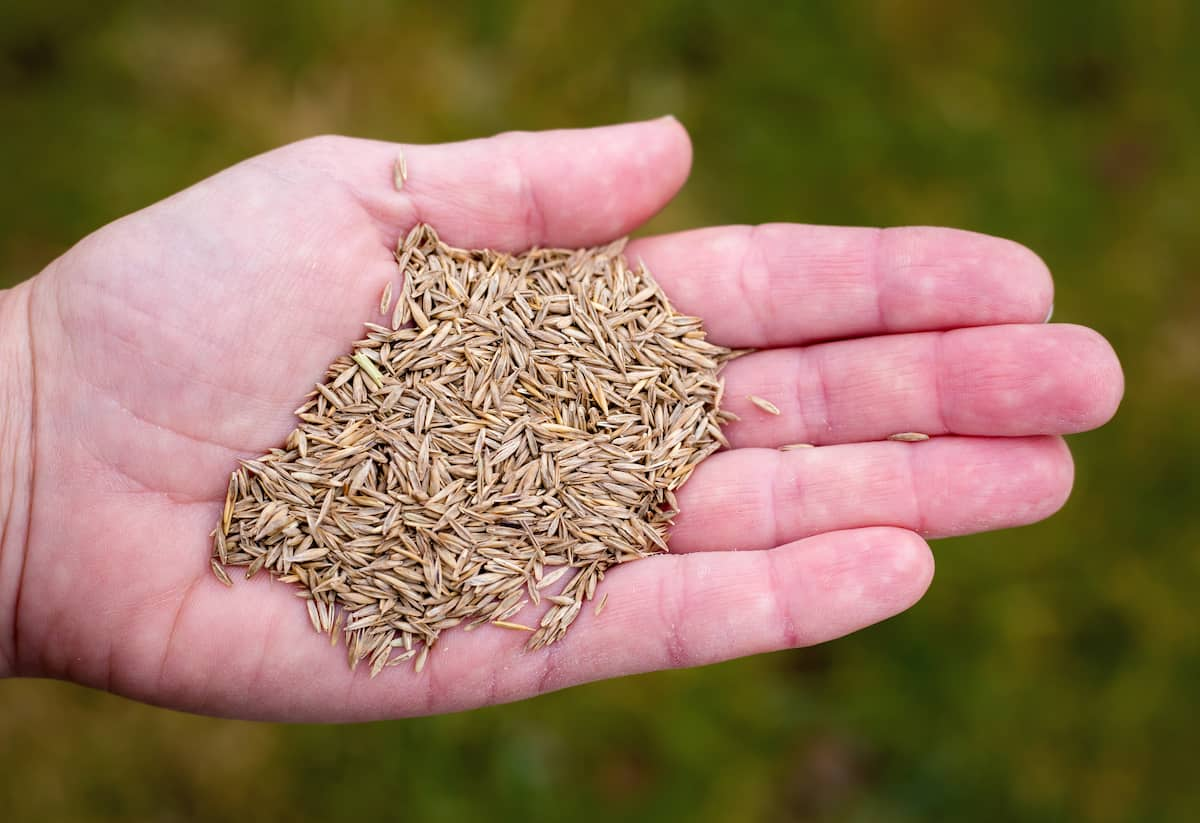

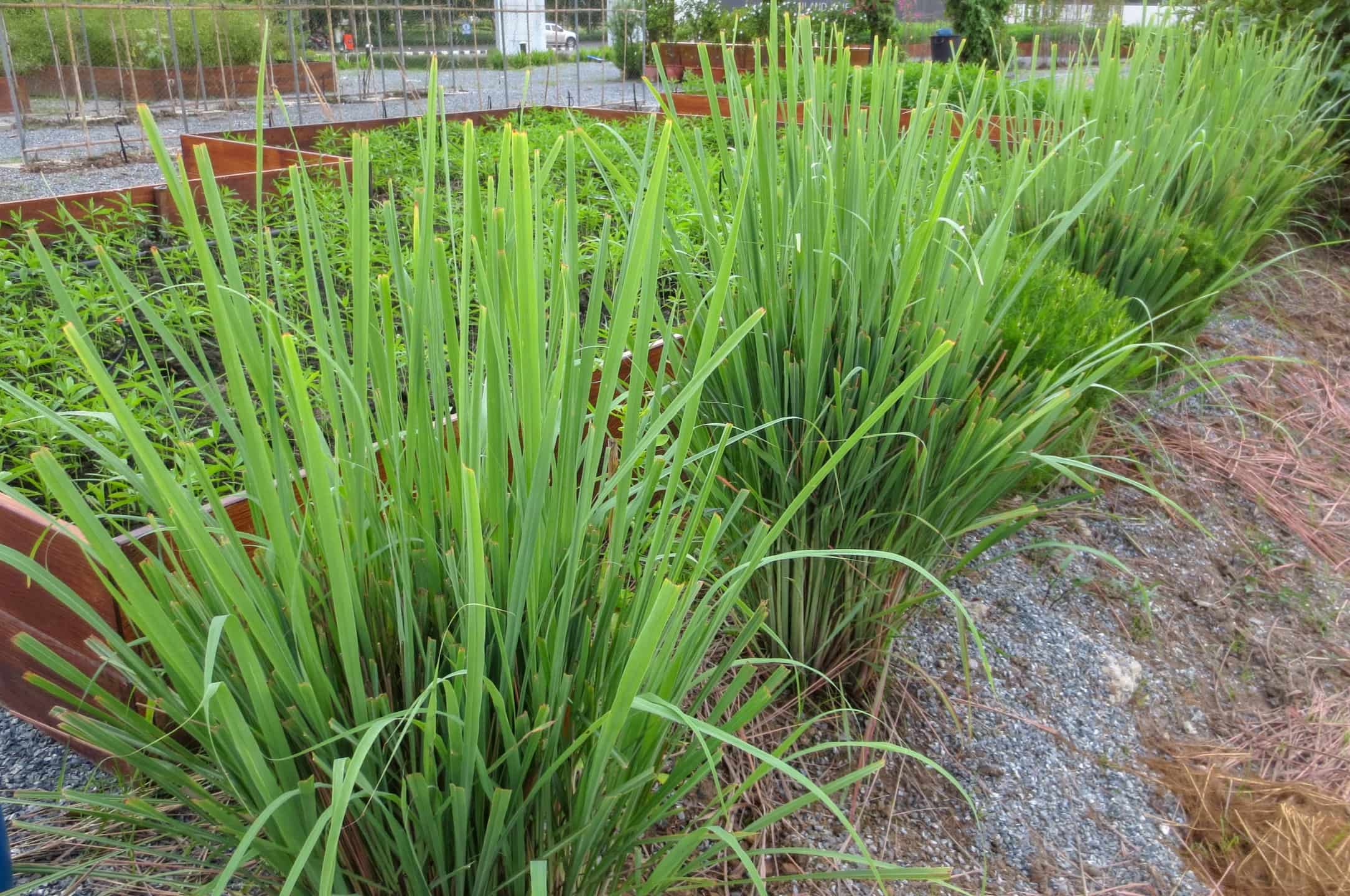

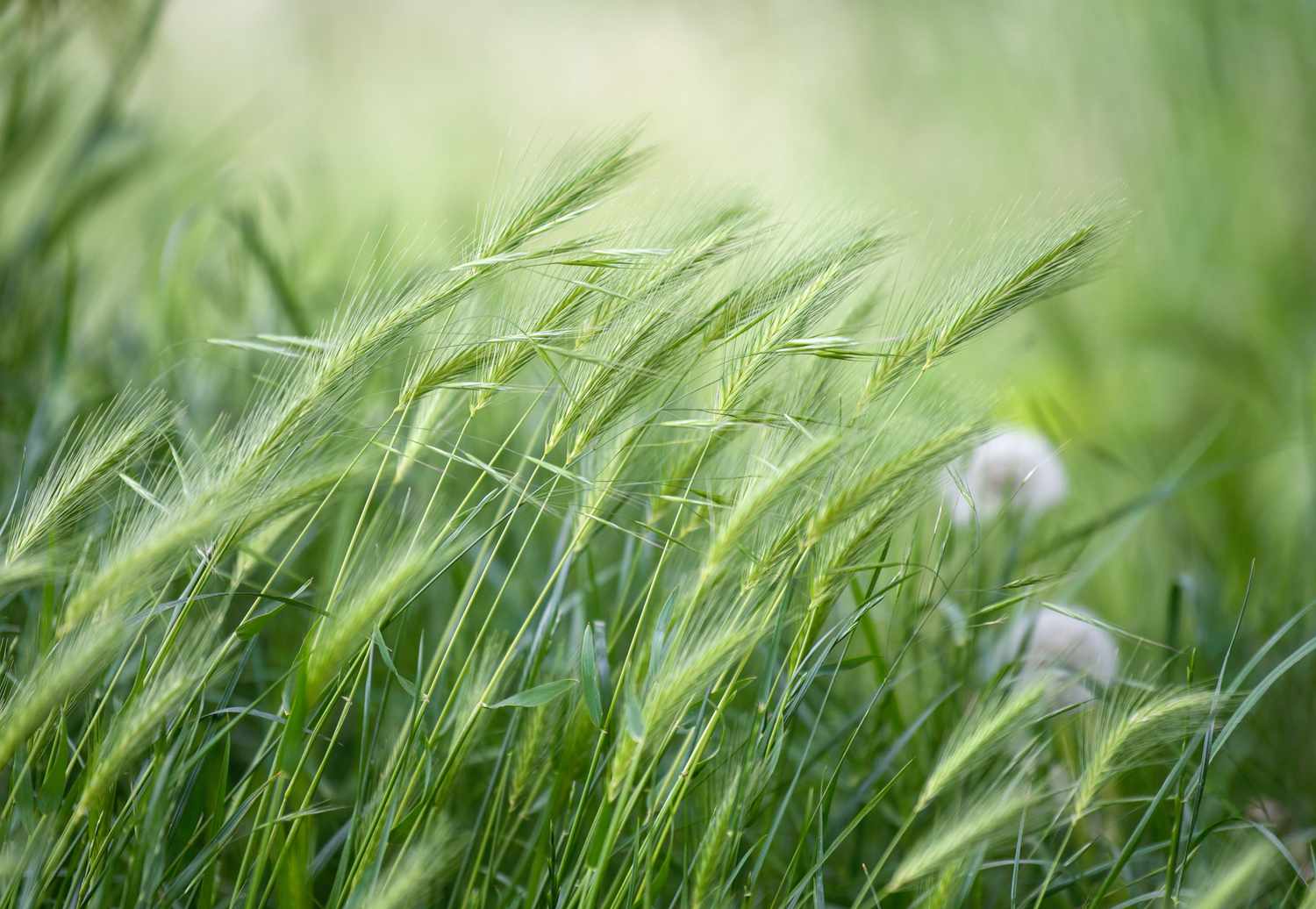
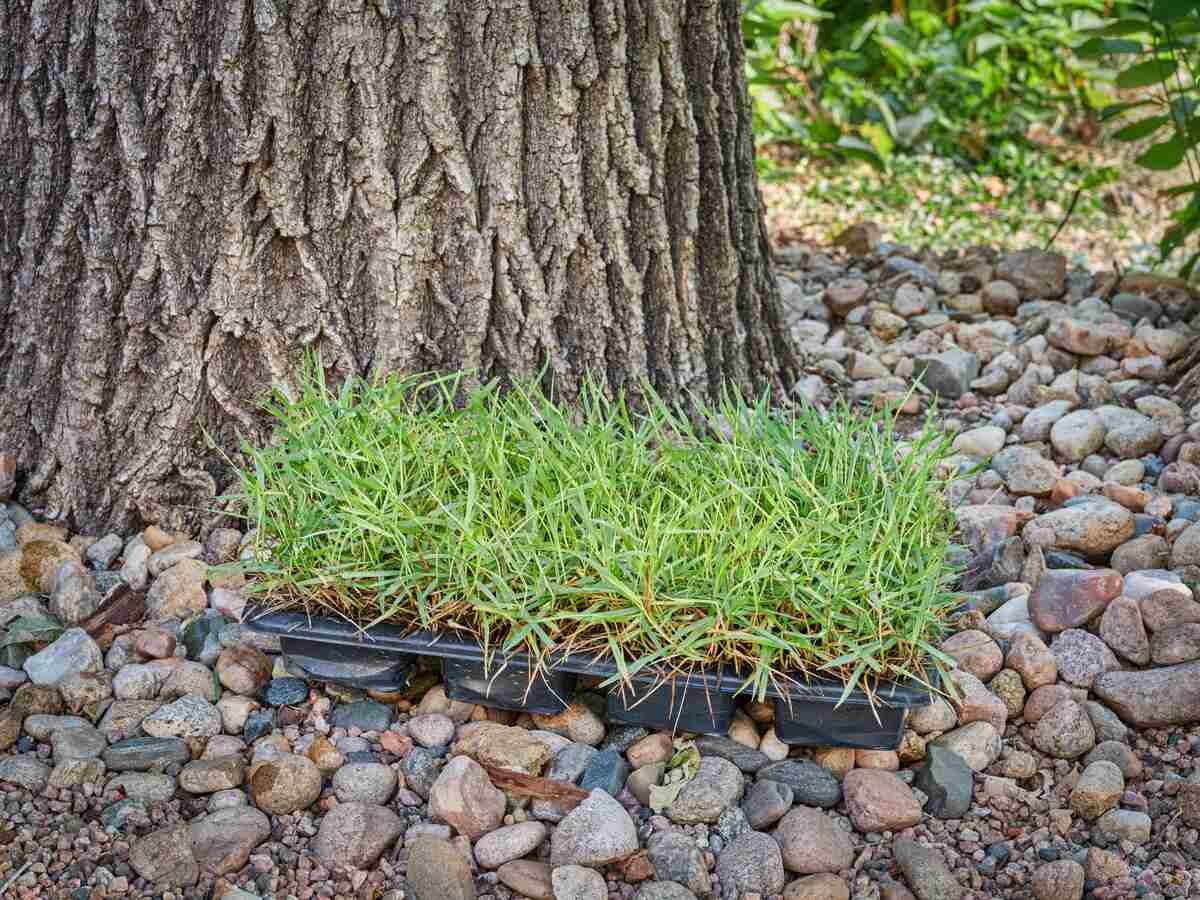


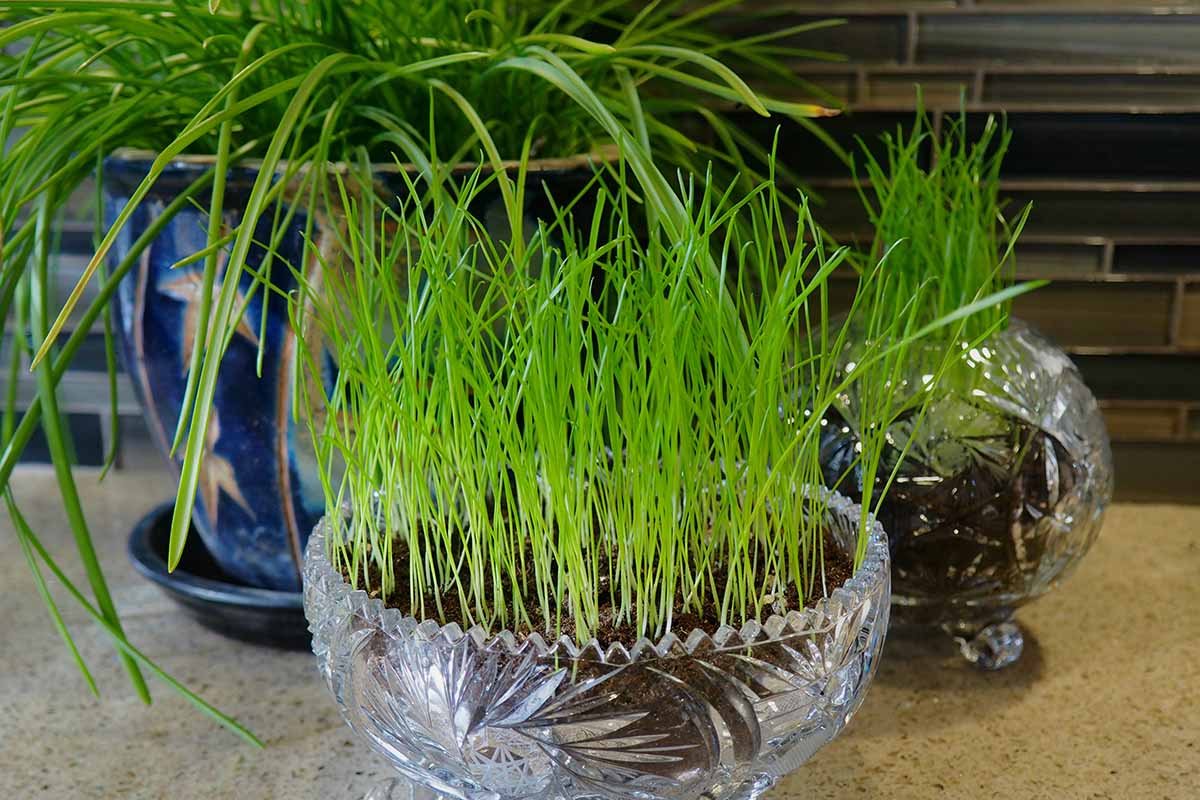
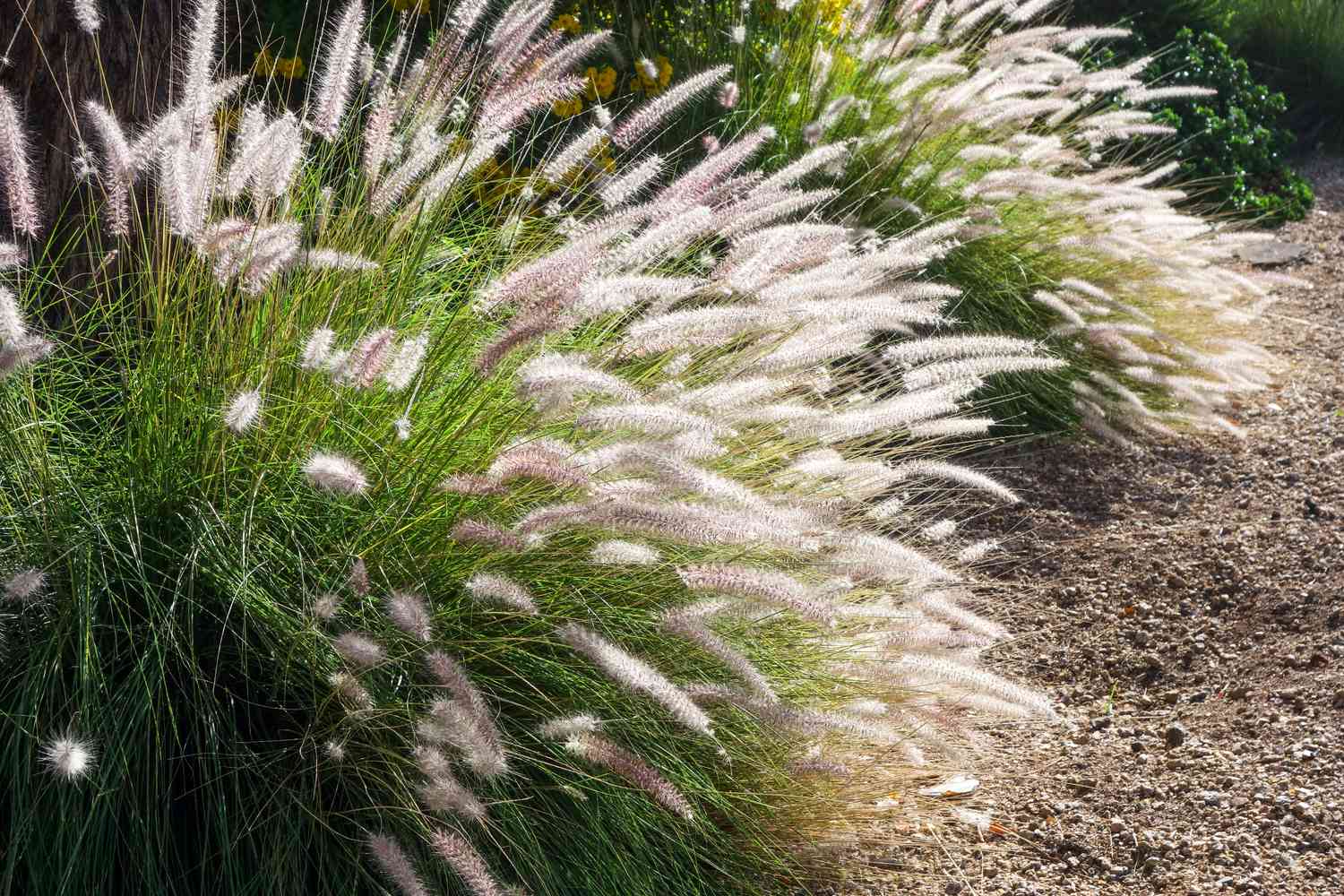
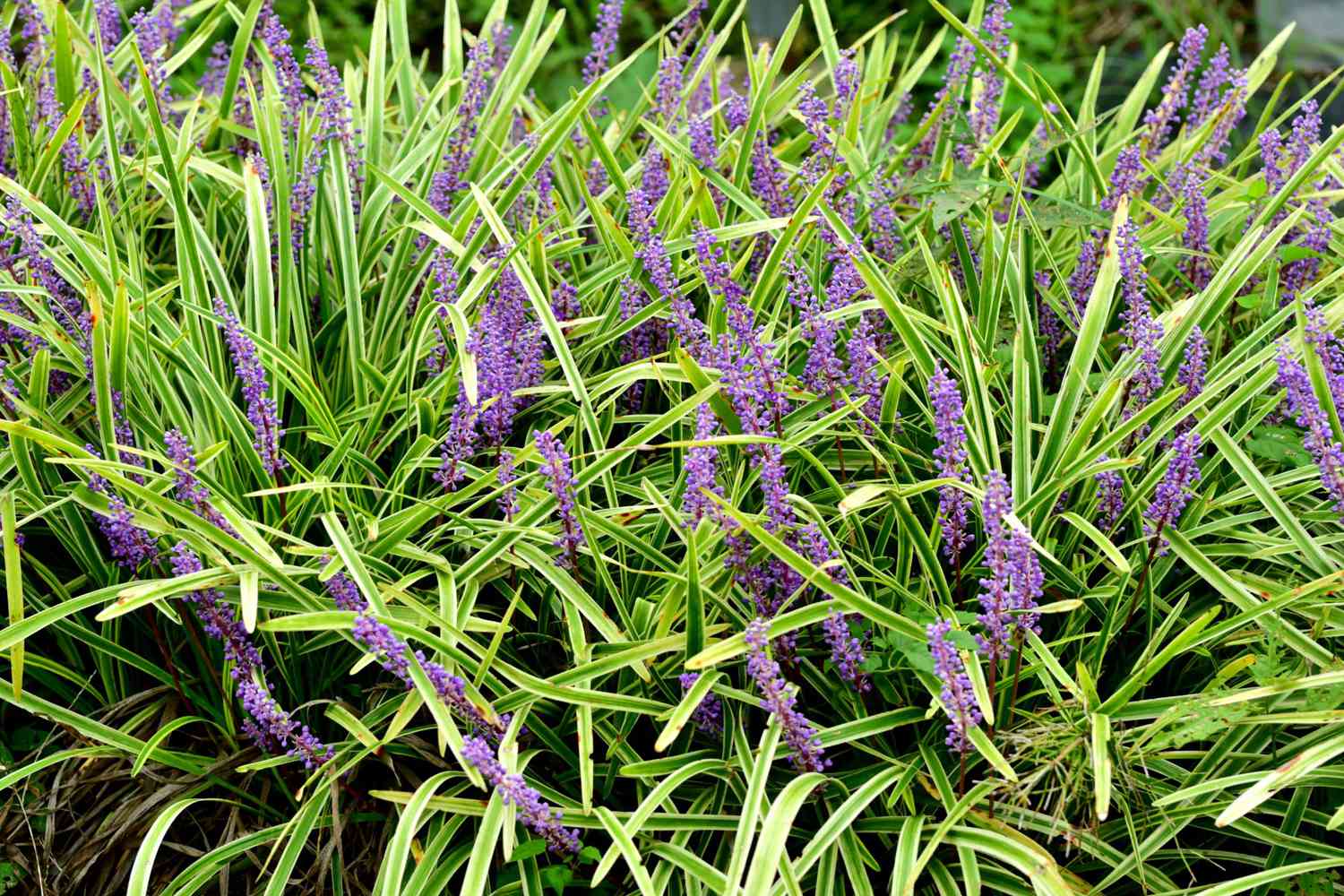
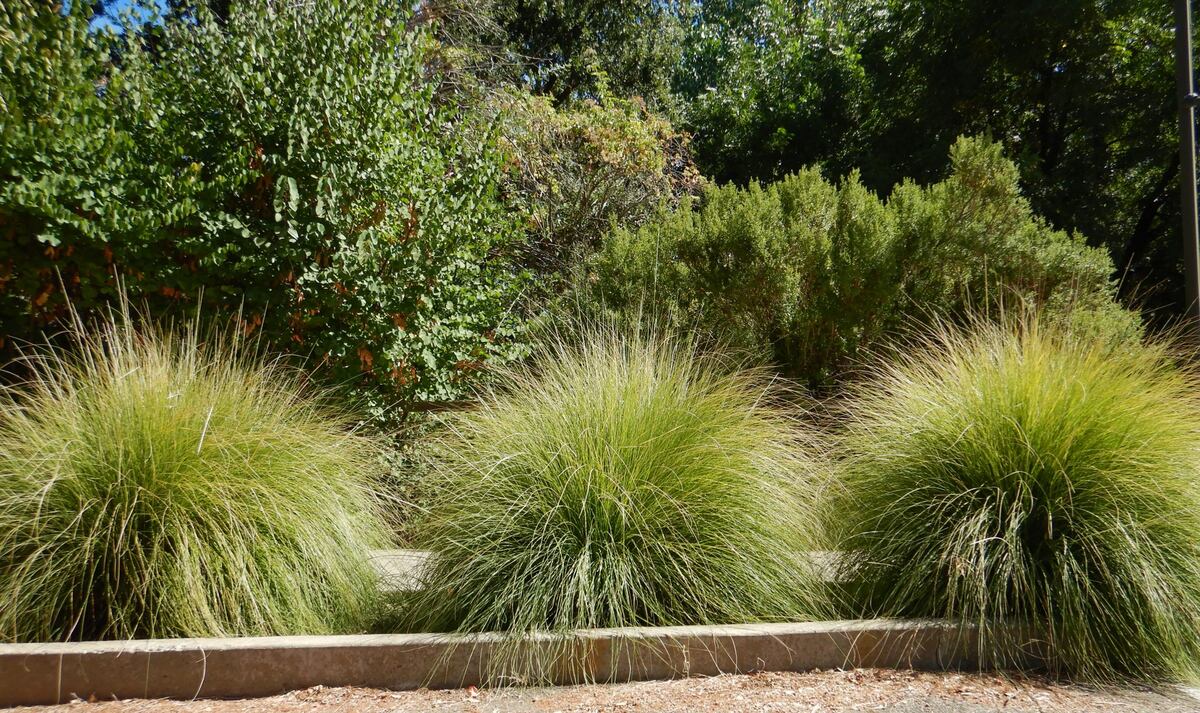

0 thoughts on “How To Grow Grass Carpet”